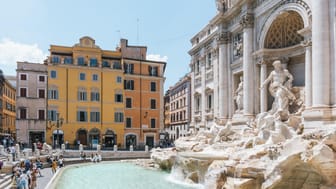Passetto di Borgo
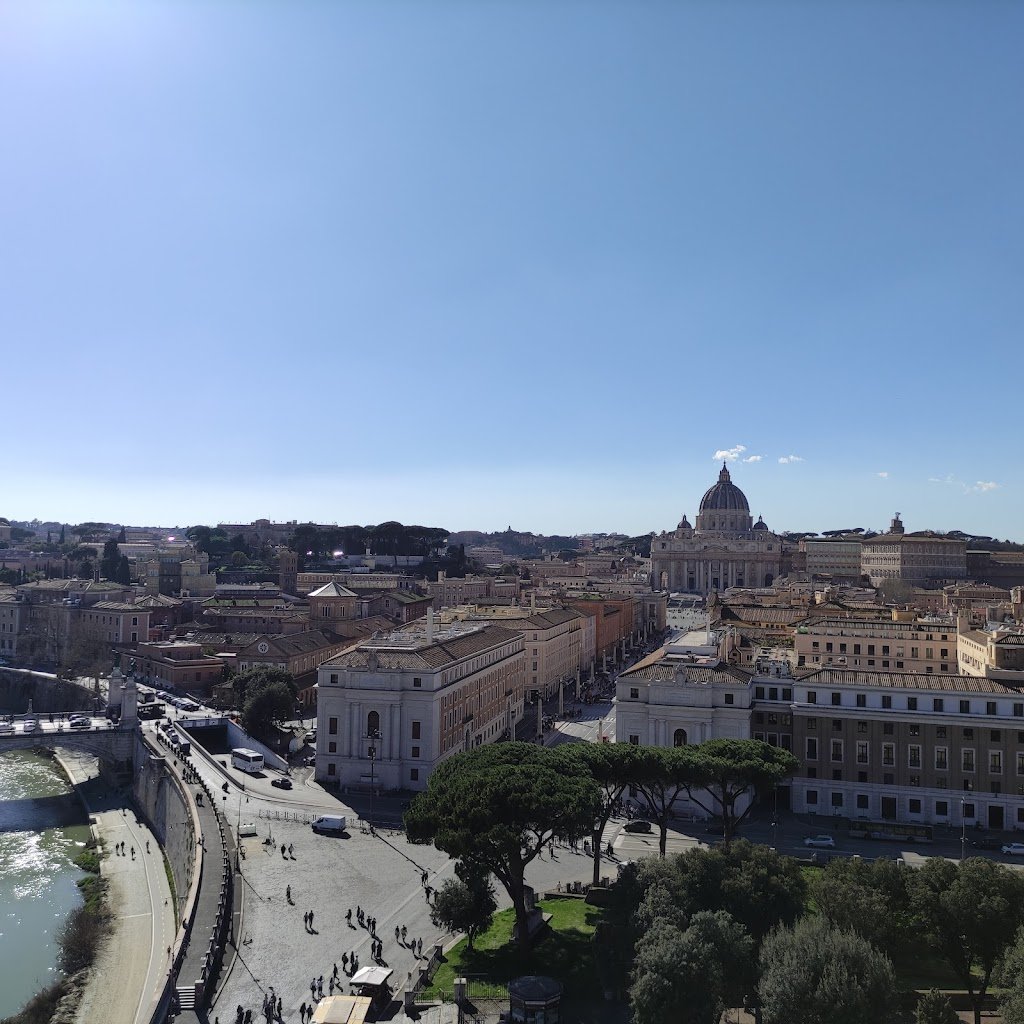
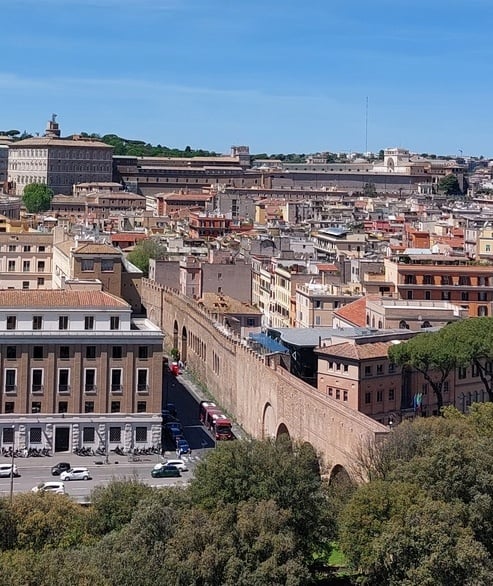
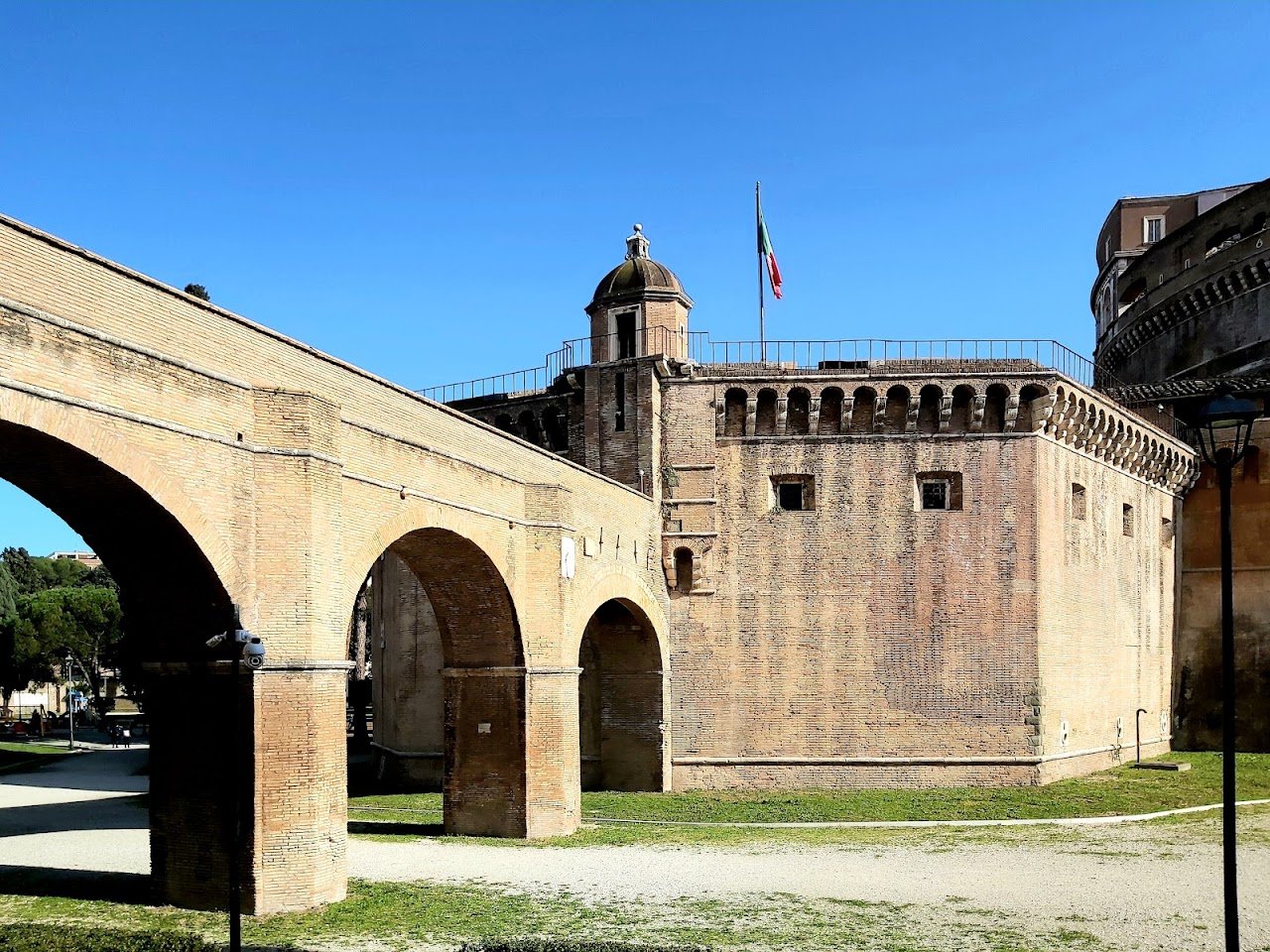
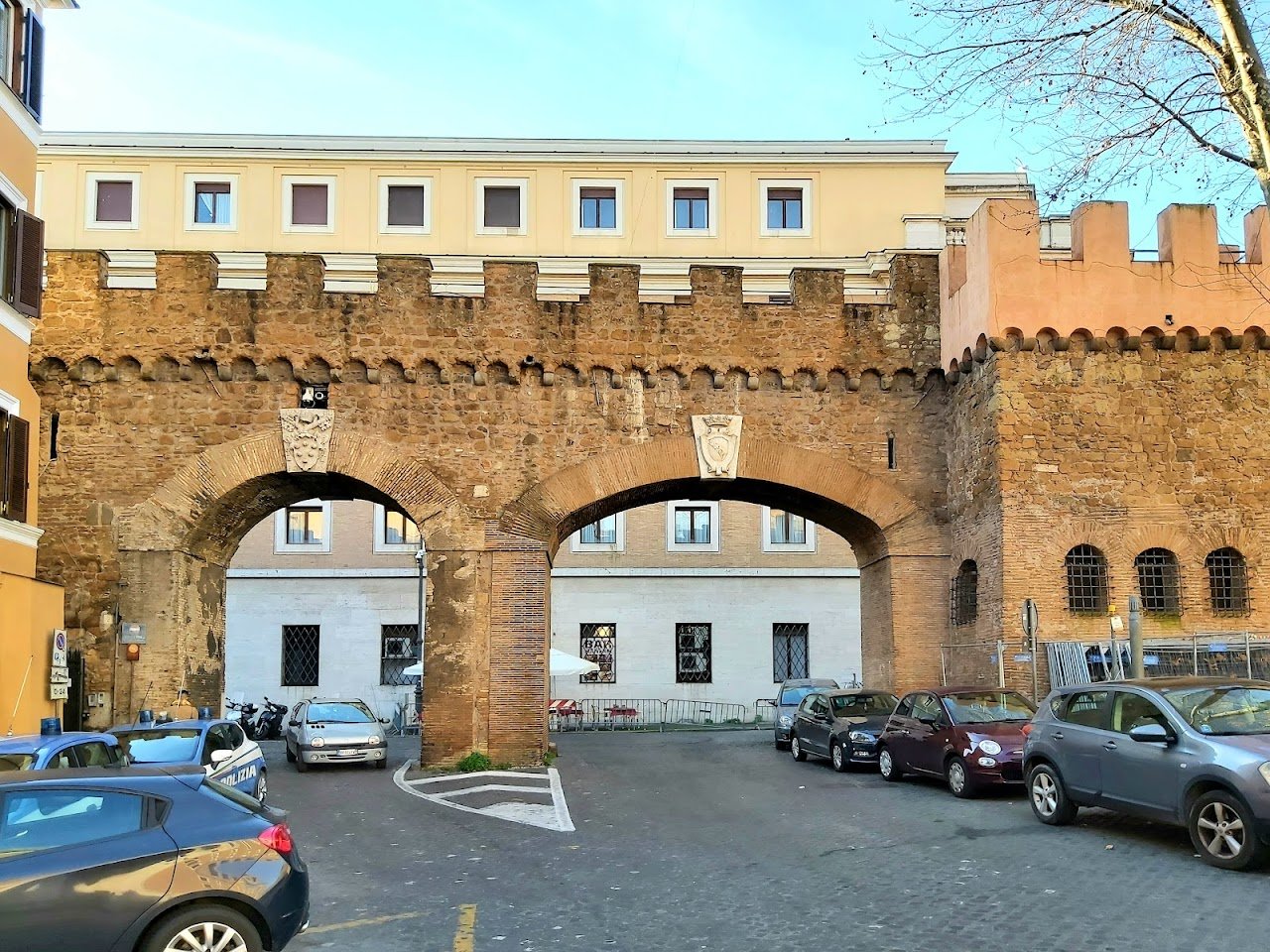
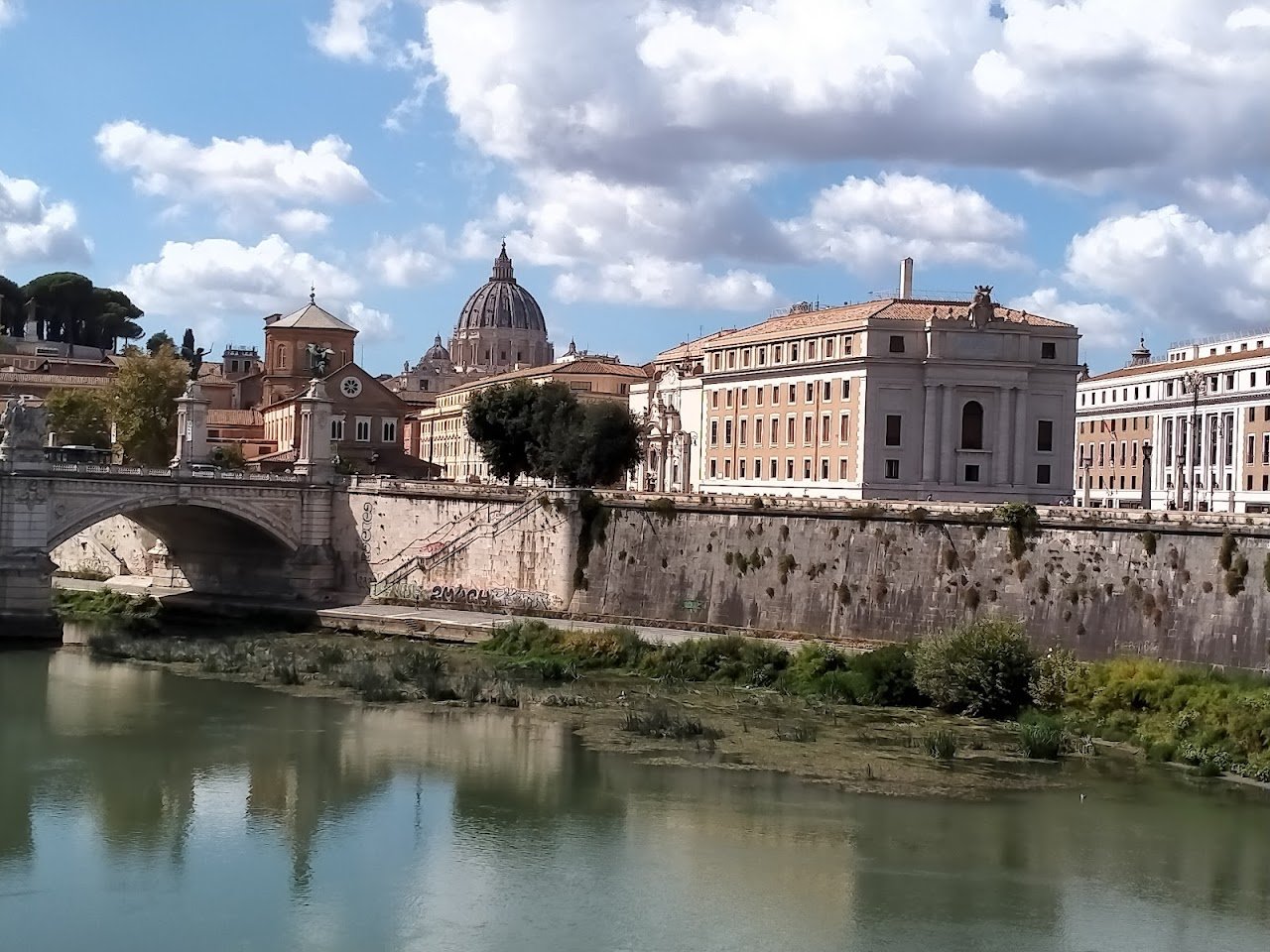
Ask ThatchGPT
Suggest a local expert to plan my trip
Suggest an unique itinerary for my Italy trip
What foods do Italy locals eat
What are some true hidden gems in Italy
Help me brainstorm trip ideas for Italy
Help me plan a family-friendly trip to Italy
What people say
Monica Mikhail
"This narrow walkway stretches for about 800 meters along the top of the old defensive walls of Vatican City, providing stunning views of Rome and the Tiber River below. The Passetto was built in the 16th century as a secret escape route for the pope in case of danger, and it has played an important role in several key moments in history. One famous incident occurred in 1527, during the sack of Rome by the troops of Emperor Charles V. Pope Clement VII used the Passetto to escape from the Vatican to the safety of Castel Sant'Angelo, which was connected to the Vatican by a fortified corridor. Today, the Passetto is open to visitors, and walking along its length is a unique way to experience the history and beauty of Rome. However, it is only open during the summer months and you have to be part of a guided tour to walk the passage. As you stroll along the Passetto, take in the incredible views of St. Peter's Basilica, the Vatican Gardens, and the surrounding city. It's a peaceful and scenic spot that provides a glimpse into the rich history of Rome, and is definitely worth a visit for anyone interested in the city's past."
Read more in:
Pedro Pereira
Available for hire
"The Passetto di Borgo is a fortified elevated walkway that connects the Vatican City to Castel Sant'Angelo in Rome, Italy. It was built in the 13th century by Pope Nicholas III to provide a safe passage for the popes in times of danger. The Passetto is approximately 800 meters long and 3.5 meters wide. It is made of brick and has a crenellated parapet. The walkway is supported by a series of arches and is punctuated by several towers.
The Passetto di Borgo has been used several times throughout history to protect the popes. In 1527, Pope Clement VII used the Passetto to escape to Castel Sant'Angelo during the Sack of Rome. In 1848, Pope Pius IX used the Passetto to flee to Gaeta during the Roman Revolution.
The Passetto di Borgo is now open to the public as a museum. Visitors can walk along the walkway and enjoy views of the Vatican City and Castel Sant'Angelo. The museum also houses a collection of weapons and armor."
Read more in:
Mentioned in these guides
About Passetto di Borgo
Get the inside scoop on Passetto di Borgo from local experts, travel creators, and tastemakers. Browse genuine trip notes, Passetto di Borgo reviews, photos, travel guides, and itineraries from real travelers and plan your trip with confidence.
Save this spot for later or start mapping out a new trip today
Try our AI Travel Assistant and get instant answers to any questions about your trip.
Ask ThatchGPT
